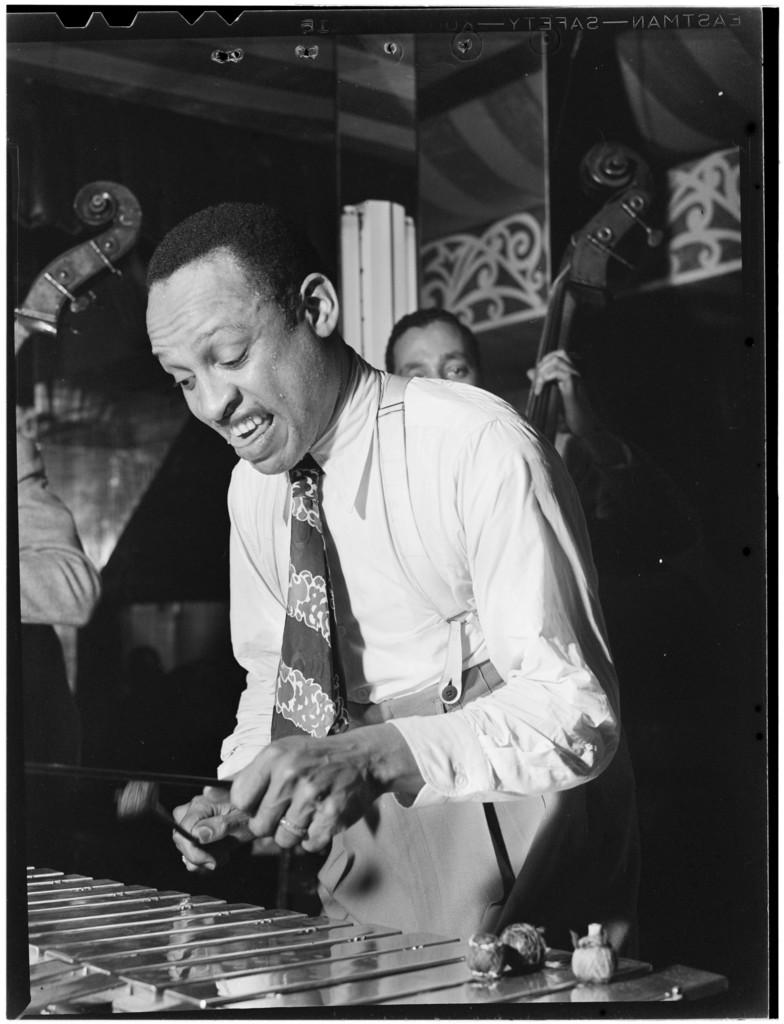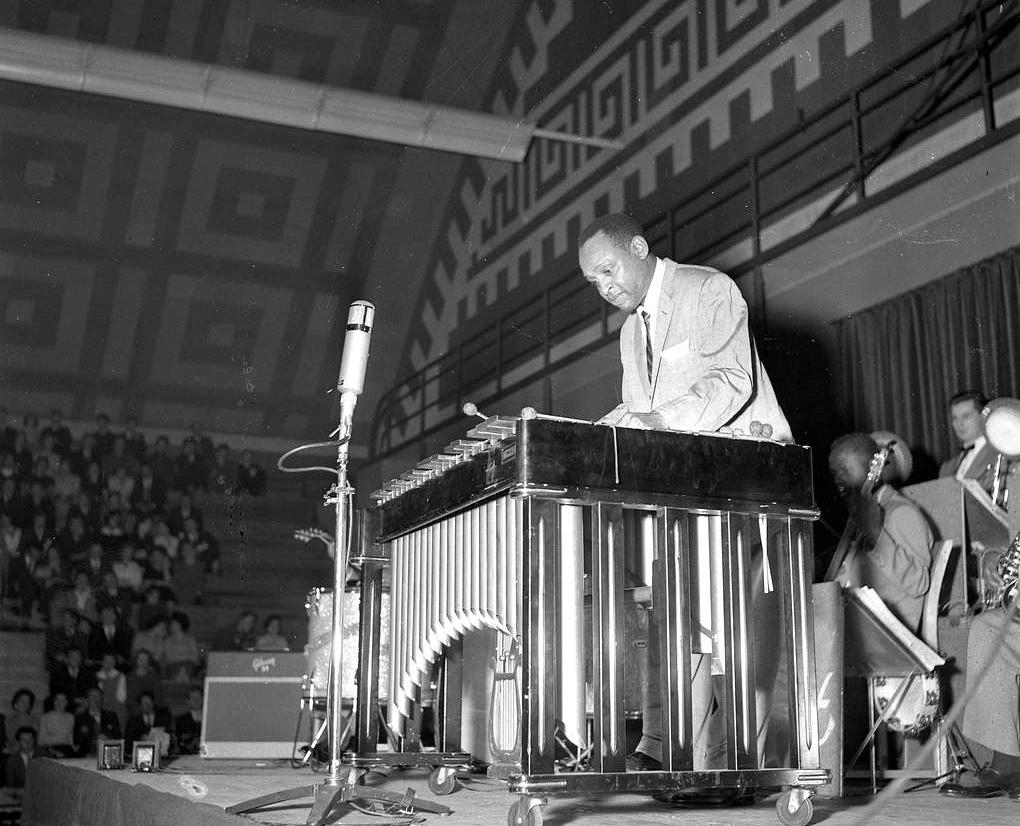
5 minute read
Hamp's Vibes The Birth of Lionel Hampton's Iconic Sound
from OnAir March 2024
by wkcrfm
by Rachel Smith
Let me tell you a story. You might think it starts in Louisville, Kentucky in 1908. But my story starts in Hollywood, California in 1930. It is not the story of the birth of a person; it is the story of the birth of a sound.
In the late ‘20s, Lionel Hampton was a drummer. He played for the Dixieland BluesBowers, the Quality Serenaders (with whom he made his record debut), and the Les Hite band. You could see his personality as a musician and entertainer from the start: as Gene Tuttle puts it in a DownBeat magazine article, “[h] e juggles drum sticks and hurls them into the audience; he tap-dances and turns somersaults.” Hampton also played the xylophone—which prepared him well for the career-changing moment to come.
One fateful day in an NBC recording studio in 1930, a young instrument sat in the corner. It was a vibraphone (also called a “vibraharp” or simply “the vibes”), invented as we know it today sometime between 1921 and 1924. NBC had famously used the vibraphone to make the three-note sound (G-E-C) that identified the station for its contemporary audience. Otherwise, it was largely dusty and forgotten. Louis Armstrong &
His Sebastian New Cotton Club Orchestra were there to record a new tune, written in 1930, for the musical Blackbird. The tune was called “Memories of You,” and Lionel Hampton was to play the drums—but fate had other plans. In a free moment, Hampton spontaneously reproduced Armstrong’s trumpet solo on the vibraphone. Satchmo was duly impressed, and he asked Hampton to play the vibes on the track. And so Lionel Hampton became the first ever musician to use the vibraphone on a jazz recording.
In the summer of 1936, the Benny Goodman Trio—Benny Goodman (clarinet), Teddy Wilson (piano), and Gene Krupa (drums)—came to see Lionel Hampton play at the Paradise in Los Angeles. Rumor has it that the four musicians played together that night. The next morning, Goodman invited Hampton to a recording session for RCA Victor, and the Benny Goodman Trio became a quartet. Their first two recordings were “Moonglow” and “Dinah.” Following this session, Goodman invited Hampton to join his big band.
As a member of the big band, Hampton played at Benny Goodman’s iconic concert on January 16, 1938 in Carnegie Hall—the first time a big band had ever played at Carnegie Hall. The two-LP set (as it was released in 1950) is one of jazz’s first live recordings. (How the sound was actually captured that night is debated: some believe it was captured by one overhead mic, but our very own Phil Schaap affirms in the liner notes of the 1999 reissue that the sound was actually captured by three other microphones, as the overhead one was not working that night.)
In 1939, Goodman and Hampton wrote “Flying Home.” The story goes that Hampton began whistling the tune while waiting with Goodman for a plane to take them from Los Angeles back to Atlantic City—hence the title. That year, the tune was recorded by the Benny Goodman Sextet, with Goodman on clarinet, Charlie Christian on guitar, Fletcher Henderson on piano, Artie Bernstein on bass, Lionel Hampton on vibes, and Nick Fatool on drums.

By this recording, the Lionel Hampton sound was definitely born. In fact, in this period (the ‘40s and ‘50s), we see Lionel Hampton start to be referred to by his iconic nickname “Hamp.”
Hampton left the Benny Goodman orchestra in 1940 to form his own big band. It was an incredible success in the ‘40s and ‘50s, featuring (at various times) jazz icons like Milt Buckner, Dexter Gordon, Art Farmer, Illinois Jacquet, Charles Mingus, Wes Montgomery, and Dinah Washington. On May 26, 1942, the Lionel Hampton Orchestra recorded the most iconic version of “Flying Home,” with the 19-year-old Illinois Jacquet improvising a solo. The song became Hamp’s musical signature and the climax of his live performances. (At those performances, Jacquet was expected to play his iconic solo as it was recorded. Other musicians were also expected to play Jacquet’s solo, instead of improvising their own, when playing the tune.)
Before I end, I’d like to offer one note on the stories above. I’ve told one version of each of these stories, but there are certainly others. For example, let’s take the case of “Memories of You.” Hampton may have played the vibraphone before, or it may have been his first time on the instrument. He may have brought the vibraphone to the session, or he may have discovered it there. Armstrong may have asked him to play the trumpet solo the vibraphone, or Hamp may have done so unprompted. These stories are the stuff of legends; like any legend, each acquires subtle differences every time it is told.
Tune into Sunday Profiles from 2-7 PM on Sunday, March 3 for Rachel’s special broadcast on Lionel Hampton.

